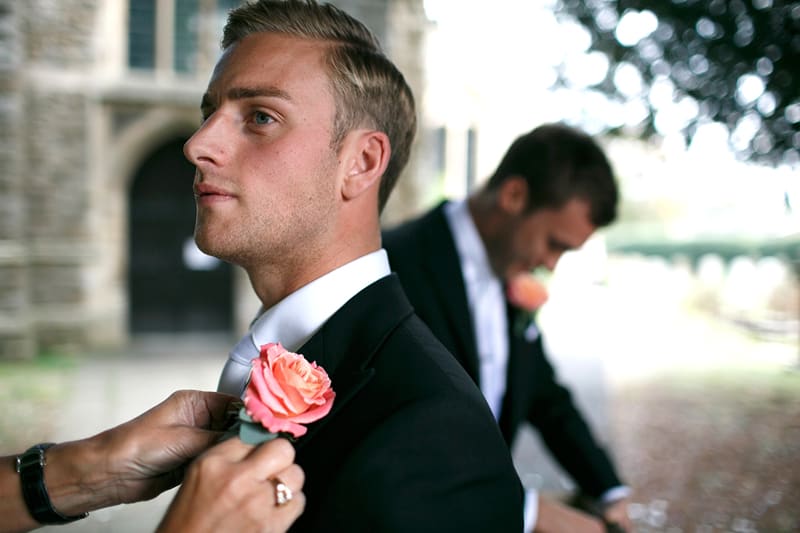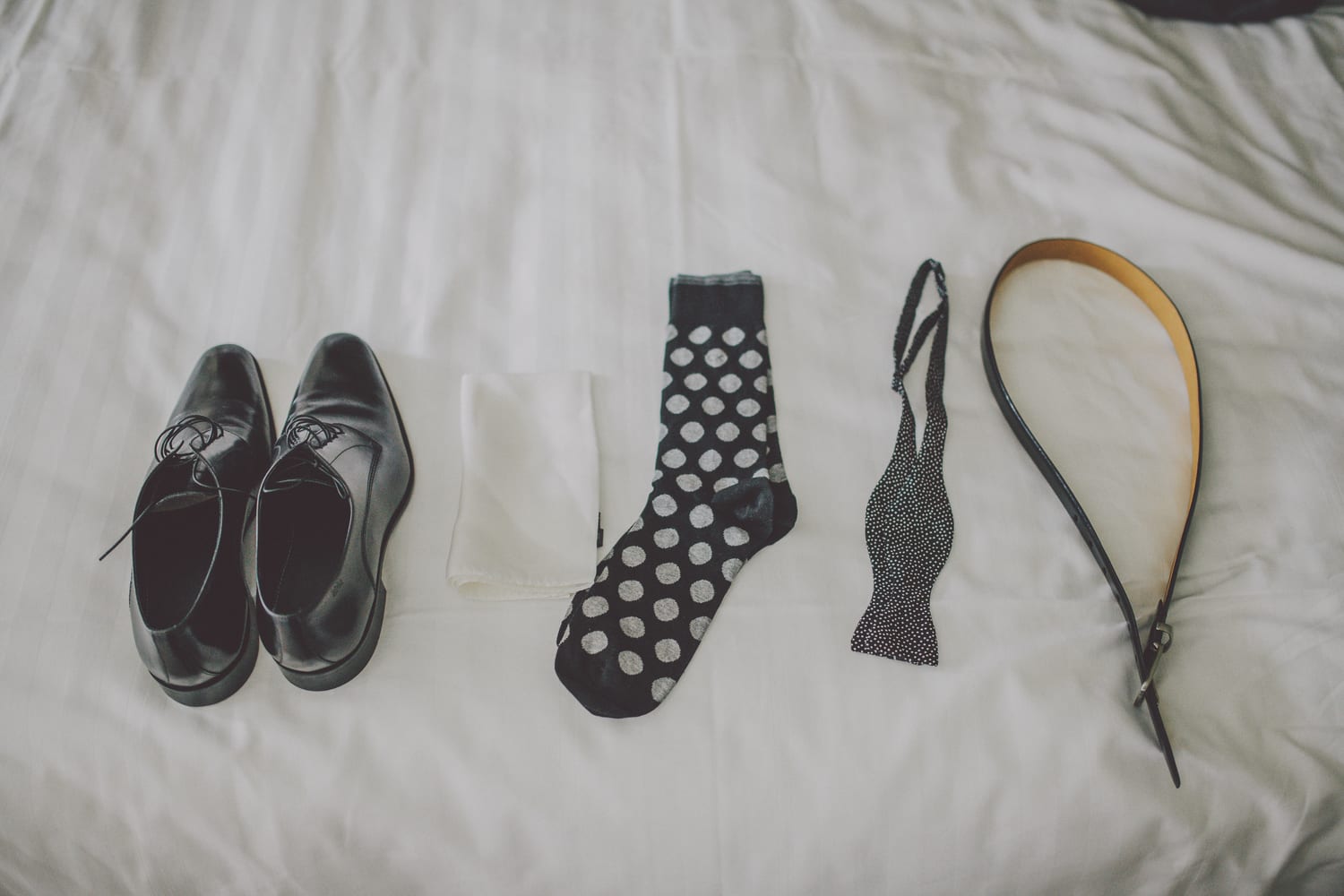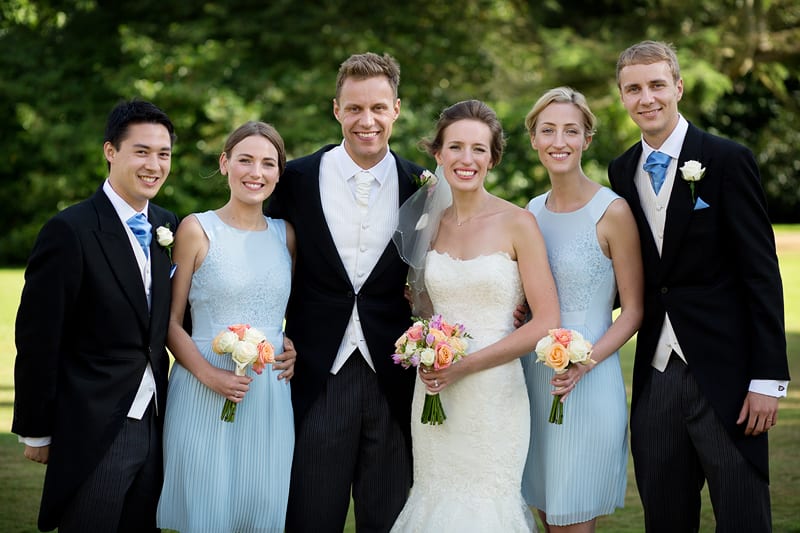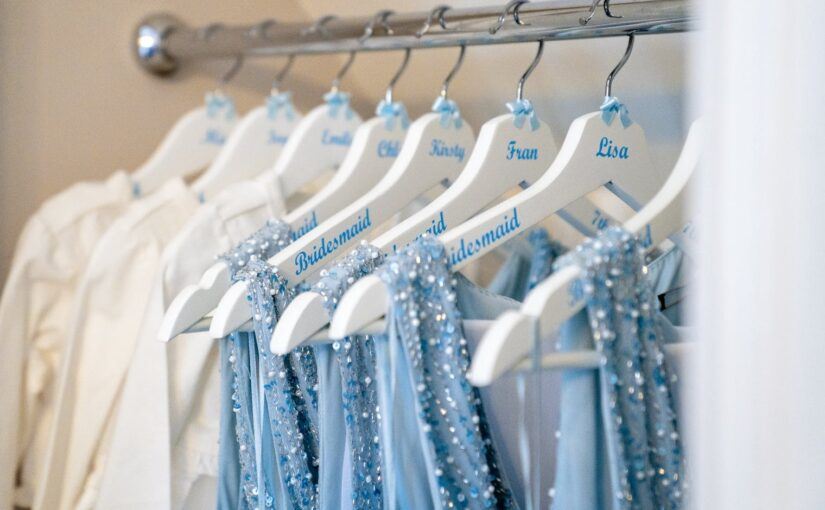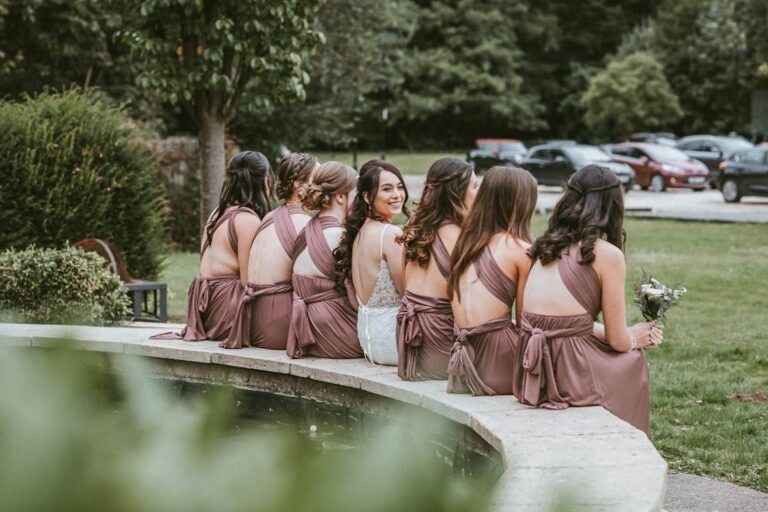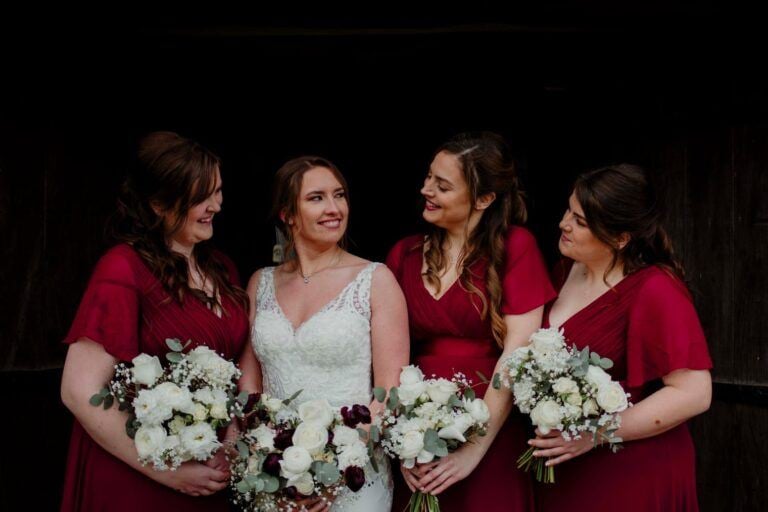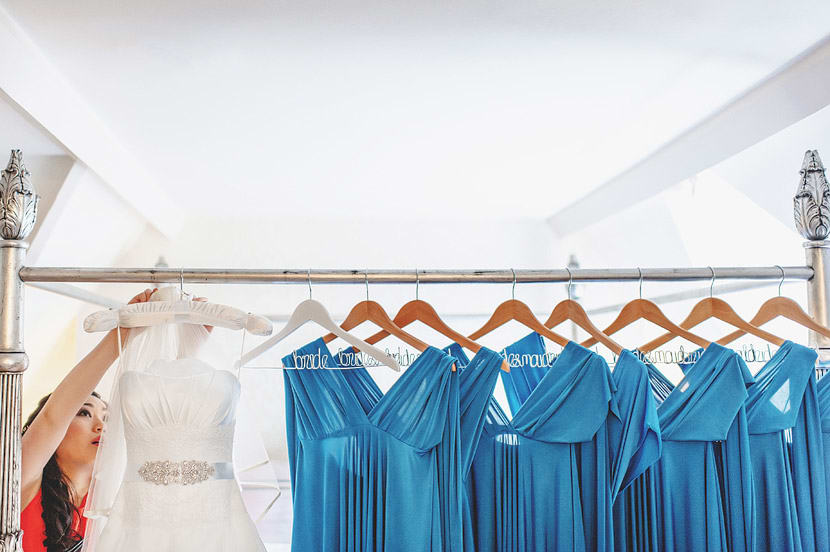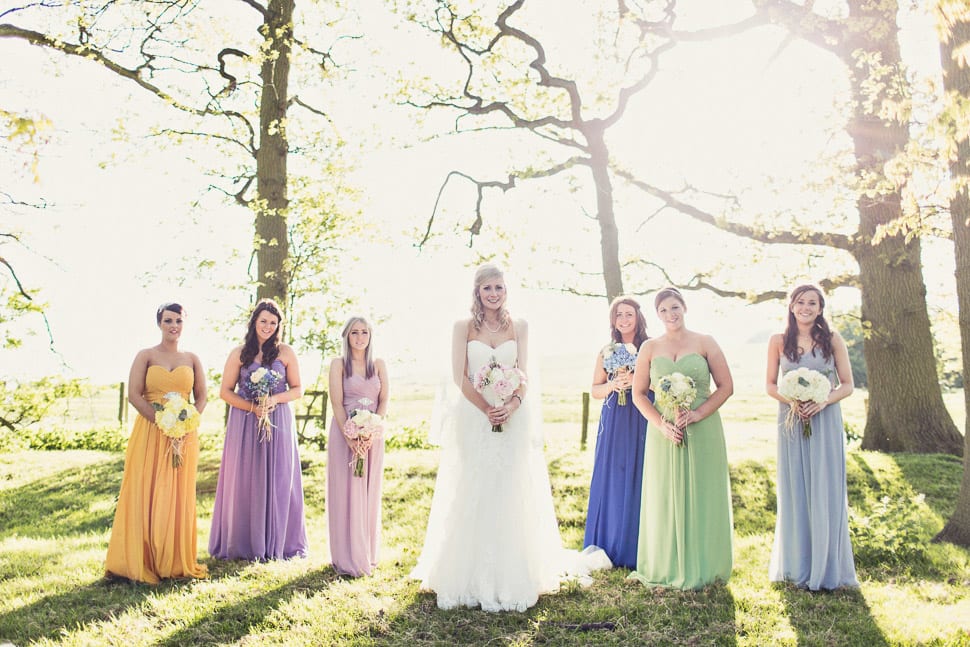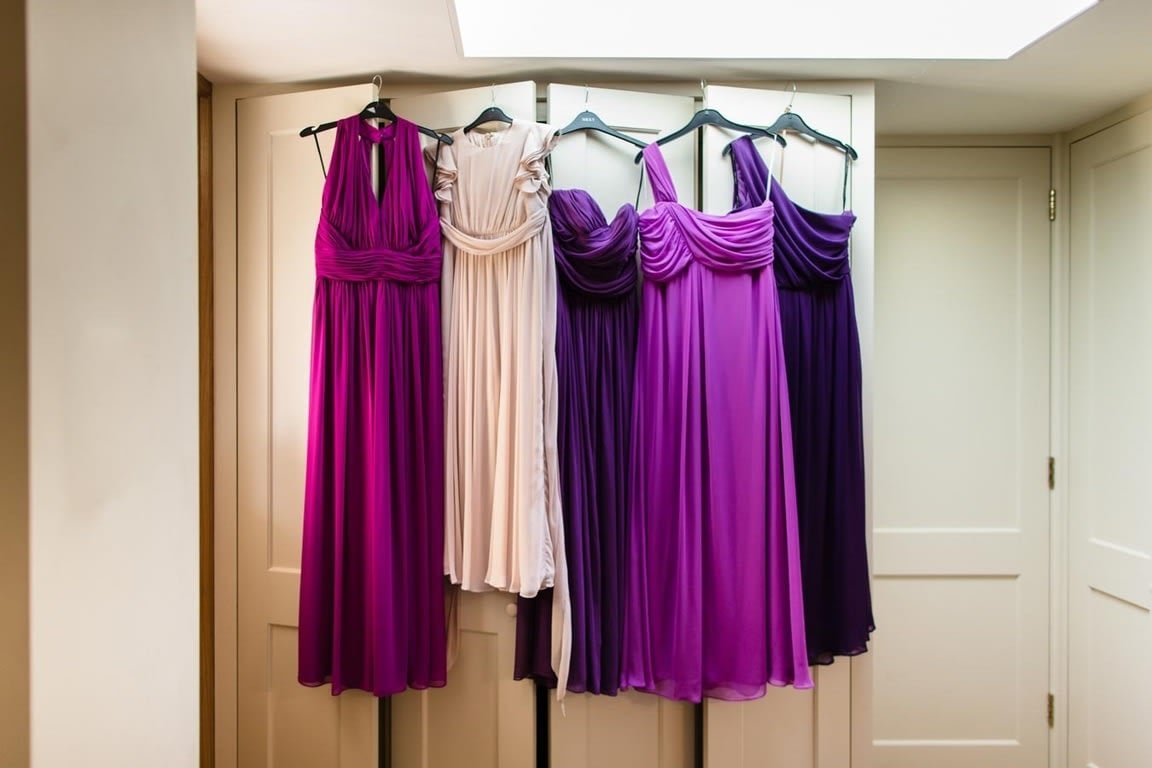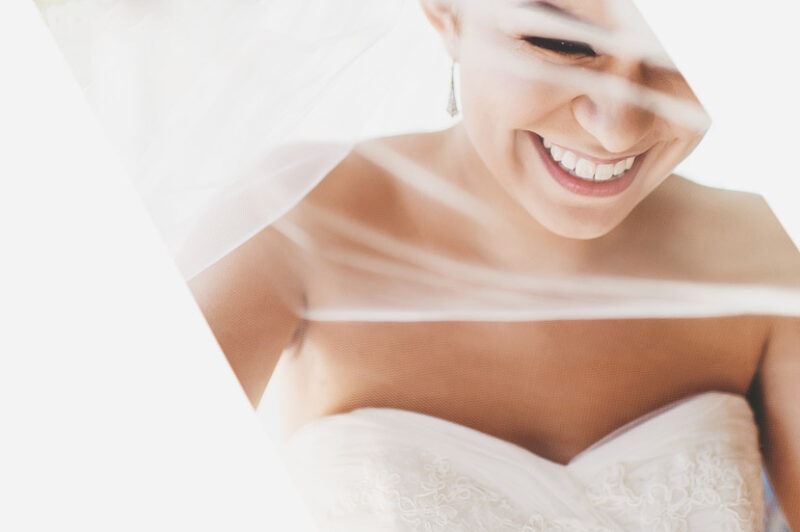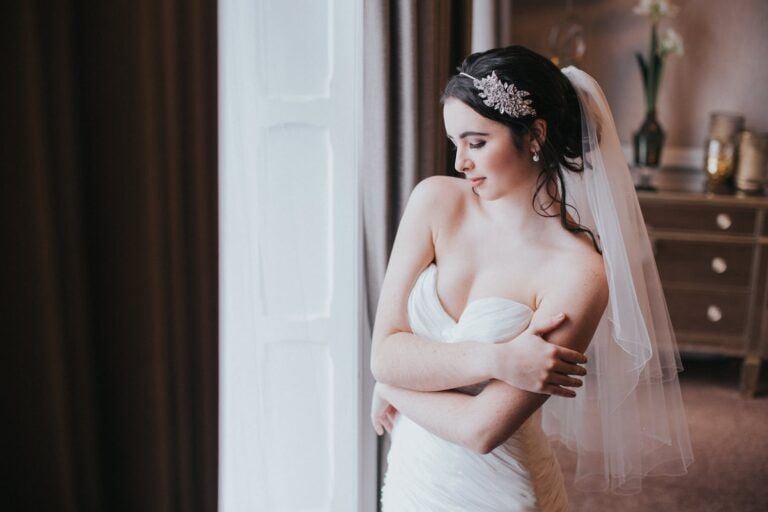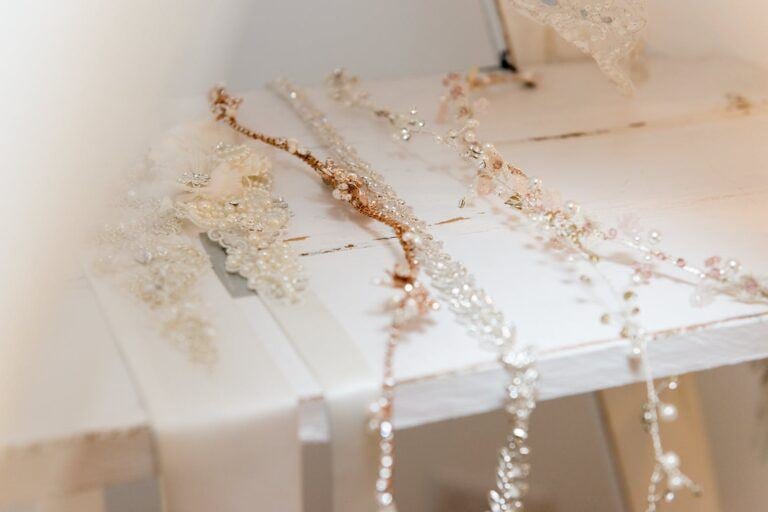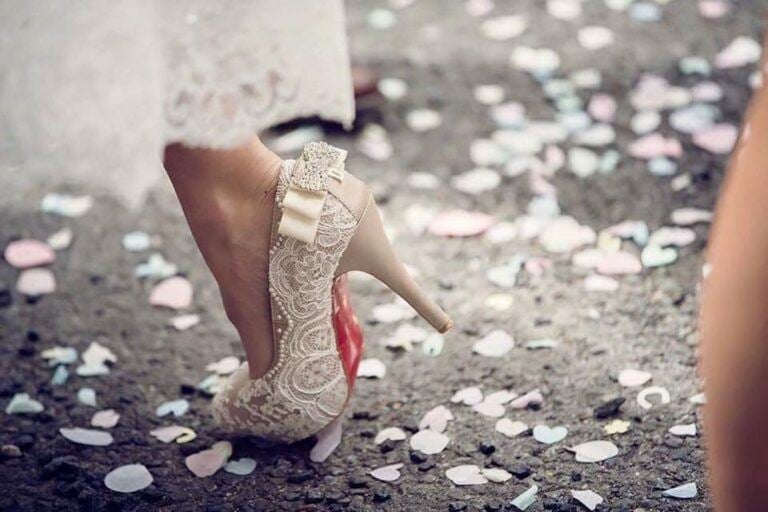When you’re getting married, a lot of focus is on the bride, but remember, it’s also the groom’s time to shine. Just because the bride gets lots of attention it doesn’t mean the groom has to take a back seat – in fact, it’s exactly the opposite. When a groom is standing next to their partner at the altar, they want to look good, to help them feel good – and a sharp suit or tuxedo helps with exactly that.
Couples spend an average of £700-900 on wedding suits, which might not sound much when you compare it to the £20,775 the average couple spends in total on their wedding. However, the suit is another cost that can climb unless you approach it with thought and consideration.
The fact that you’re shopping for a suit hopefully means you’re fairly close to the big day itself, meaning your comprehensive Bridebook wedding checklist must be nearly complete…but it also means that your wedding budget might be looking a little more restrictive than it once was.
No fear – there are ways and means to make sure you look like James Bond without an MI5 agent’s salary and still have money left over for a Martini, shaken not stirred. In this post, we’re going to look at how you can save money on a wedding suit while making sure you stand proud while exchanging your vows.
Do you need to buy an expensive suit for your wedding?
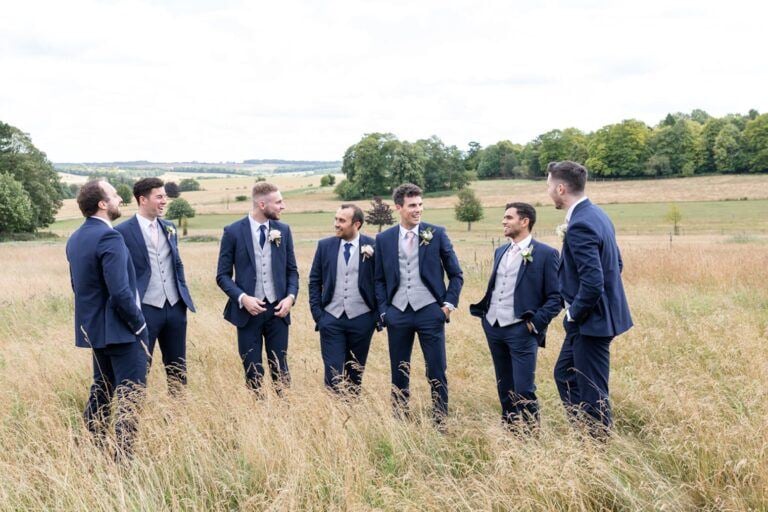
No, you don’t need to buy an expensive suit for your wedding. In fact, you might not need to buy a suit at all – renting or wearing a suit you already own are both great options too. Just because a bride might spend an average of £1,300 on a wedding dress doesn’t mean a groom has to spend the equivalent.
What about jewellery and accessories?

On top of a suit, couples spend an average of £300-400 on accessories for the big day. Thankfully, there are also ways to save money on wedding accessories, which mean you can spend far less than this but still have a smart tie, shiny cufflinks and neatly pressed pocket square without going over budget.
15 ways to save money on your wedding suit

You’ll want your big day to go exactly as planned and be as luxurious and special as it can be – this includes the groom’s wedding attire. Below are 15 ways you can save money on a wedding suit and still look and feel fabulous. For more cost-cutting tips, check out our ultimate guide to saving money on your wedding.
1. Choose a suit to fit the style of your wedding

Before you decide to go and buy or rent a tux, first think about the style of your wedding and your chosen venue. A smart suit or tux isn’t always appropriate for a beach or rustic wedding. Discuss the atmosphere you’re going for with your beloved and choose your attire accordingly. For more information, check out our introduction to the groom’s and ushers’ wedding attire.
2. Choose a suit over a tuxedo

If you’re contemplating smart attire, then consider buying a sharp, tailored suit instead of a tuxedo. They can look just as good but will be far kinder to your budget, as the only real difference between a tux and a suit is the satin feel. Plus, you’ll feel more comfortable and be able to wear your suit again in the future.
3. Consider renting a suit

Many grooms don’t realise that you can even rent a suit, let alone consider it for something as important as your wedding day. But, not only will renting a suit save you money – as much as £250, to be exact – but it’ll also open you up to a much wider selection of styles. What might be way out of your budget ordinarily will be far more affordable if you rent rather than buy. Many vendors will offer rental fees for as little as £50, so it should be high on your list of considerations.
4. Compare buying to renting

While renting is usually a hugely affordable option, it’s always advisable to compare costs between buying and renting. For example, say rental costs are £50 a day: if you have a destination wedding, those costs could be £350 if you’re away for a week, which could be way more expensive than buying a suit off the rack. With buying, there’s also always the option to sell your suit after the wedding using a website like Vinted to make some of your money back.
5. Ask for a deal

You must have heard of the phrase, ‘If you don’t ask, you don’t get.’ Well, the same applies to getting a deal on a wedding suit. While you might not be able to haggle on price or get a custom deal at a high-street retailer, an independent business or tailor may be able to offer you a deal. This is especially true if other men in the wedding party use the same vendor – you may even be able to get your suit for free or at least discounted in some cases.
6. Save on accessories

It can be tempting to splash the cash when you’re getting married and treat yourself to a new watch or some extra bling, but you might be better off using that budget elsewhere. There’s no reason why you can’t use your own cufflinks, ties or shoes if you’re willing to compromise a little. Just make sure they look dashing and fit in with your overall look and the theme of your wedding.
7. Wear a suit you already own

Chances are, you have a suit or two knocking around in your wardrobe, so consider wearing one of those and save yourself hundreds. You could freshen up the look with a few new accessories, which you could then coordinate with the rest of the wedding party. Just be aware that going down this route will be a compromise of sorts. You might not be able to get the dream ensemble you would be able to get by going to a designer store or boutique, where everything is custom-made and tailored to fit you perfectly on your big day.
8. Understand rental fees

If you’re renting a suit, make sure you know the exact details of the return policy. You don’t want to be fined because you return your suit a day late. That’s going to be the last thing on your mind during such a hectic time.
9. Ask groomsmen and ushers to buy their own suits

While matching suits will look smashing in the photos, there aren’t many other advantages to syncing up suits. Follow the popular bridesmaids’ trend and give your ushers a colour scheme which they can dress for. That means you won’t have to buy their suits, they can save money by not having to fork out for a new suit, and everyone will still look amazing in the photos.
10. Be cohesive using creativity

You don’t need to spend a fortune to bring cohesion to your wedding party. A little creativity is all you need, such as with matching accessories. Try coloured socks, suspenders, vests or bow ties and have fun with them.
11. Shop on the high street

Shop around. Just like a bride will look in a few stores before she buys a gown, so should the groom. The prices of men’s formal attire can vary greatly, so make sure you get the best deal, both in terms of quality and finances. A bespoke suit or tux might look sharp, but many high-street retailers offer a wide selection of fantastic outfits to suit all styles, tastes and budgets if you’re tight on cash.
12. Consider browsing charity shops

Believe it or not, browsing charity shops can lead to the discovery of hidden treasures – including a suit to wear at your wedding. It will probably take persistence, but with a little luck, you might just find a wonderful suit hanging on the rack in a charity shop. The only thing to bear in mind is finding your exact size is unlikely, so you may have to take it to be altered, which of course will cost.
13. Borrow a suit from family or friends
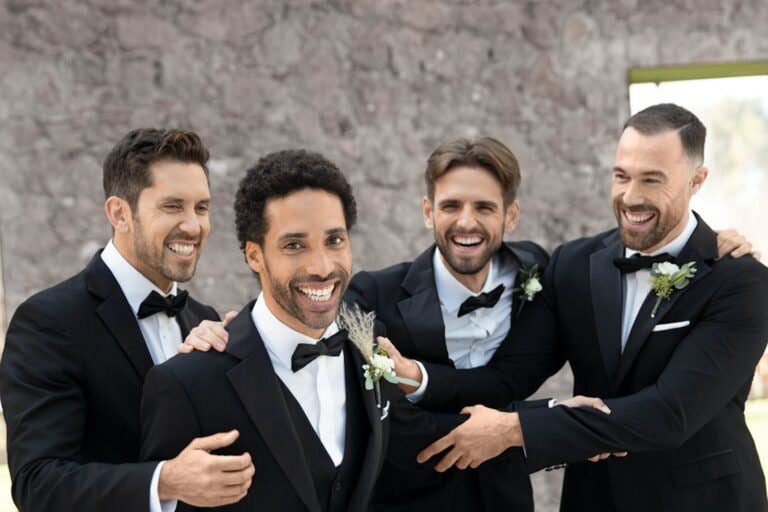
Something borrowed doesn’t only have to apply to the bride. Borrowing a suit from a family member or friend will save you plenty, so long as you’re the same size. Again, bear in mind that if you go down this route, you will likely have to compromise, and might not get the exact suit you originally had in mind.
14. Shop during the sales

If you have time on your side, then simply keep a close eye on sales and offers. High-street retailers have sales periodically throughout the year, as do independent stores. By biding your time you could save as much as 50%, or even higher if some suits are end of the line.
15. Shop online

This is a slightly risky option, as getting the right size can be tricky, but if you know your exact measurements, you could save a bundle by shopping online. Second-hand stores such as Vinted or auction sites like eBay have plenty of bargains, but there are also plenty of online clothing retailers which have more competitive prices than those on the high street.
Plan a budget-friendly wedding with Bridebook
Here at Bridebook, we have loads of tools to help you save money on your wedding and keep track of your finances, including our handy wedding budget calculator. Sign up today and start planning!
Browse other similar articles…
- How Much Do Wedding Suits Cost? The 2024 Average Revealed
- The Ultimate Wedding Budget Breakdown
- How Much Does a Wedding Cost? The 2024 UK Average
- Introduction: Your Wedding Budget
- Hidden Wedding Costs Every Couple Needs To Know About
- Wedding Etiquette: Who (Traditionally) Pays For What?












